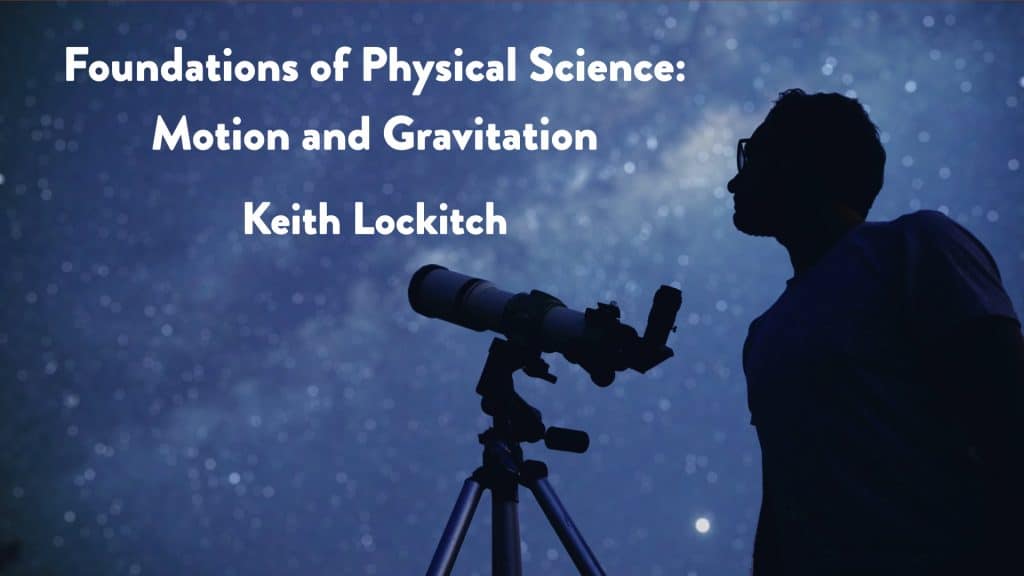Foundations of Physical Science: Motion and Gravitation | 2024
Lead Faculty
Keith Lockitch

$0.00
This course will trace the development of man’s understanding of motion and gravitation, starting with the earliest astronomical observations of pre-Greek civilizations, and culminating in the achievements of Isaac Newton. How did mankind progress from a state of total ignorance about the stars, planets, Sun, and Moon to our first scientific understanding of these bodies and the laws that govern their behavior? No prerequisites or background in physics are required.
Prerequisites: To enroll in this course students must be enrolled in “Objectivism through Ayn Rand’s Fiction” or have completed it. This does not apply to auditors.
Registration
Level
Quarter
Description
When ancient man looked up at the night sky, he had no clue what he was seeing; the bright objects that circled the earth over days and seasons were a total mystery. How did mankind progress from that state of ignorance to our modern understanding of the stars, planets, Sun, and Moon—and to the laws of motion and gravitation that govern their behavior?
This course will trace the development of this understanding from the earliest astronomical observations of pre-Greek civilizations, up through the scientific revolution of the 17th century, and culminating in the unprecedented achievements of Isaac Newton.
Beginning with pre-scientific observational astronomy, we’ll explore the facts that were known to ancient civilizations about the motions of celestial bodies. We’ll then discuss the birth of science in Ancient Greece and the earliest astronomical models, developed by Eudoxus and Aristotle. We’ll cover the development of Greek and Hellenistic astronomy from Aristarchus and Eratosthenes through Hipparchus and Ptolemy. Finally, we’ll explore the Copernican revolution and the birth of modern science in the work of Tycho Brahe, Johannes Kepler, Galileo Galilei and Isaac Newton.
No prerequisites or background in physics are required.
Copyright © 1985 – 2025 The Ayn Rand Institute (ARI). Reproduction of content and images in whole or in part is prohibited. All rights reserved. ARI is a 501(c)(3) nonprofit organization. Contributions to ARI in the United States are tax-exempt to the extent provided by law. Objectivist Conferences (OCON), Ayn Rand Conference (ARC), ARU (ARU) and the Ayn Rand Institute eStore are operated by ARI. Payments to OCON, ARC, ARU or the Ayn Rand Institute eStore do not qualify as tax-deductible contributions to the Ayn Rand Institute. AYN RAND, AYN RAND INSTITUTE, ARI, ARU and the AYN RAND device are trademarks of the Ayn Rand Institute. All rights reserved.